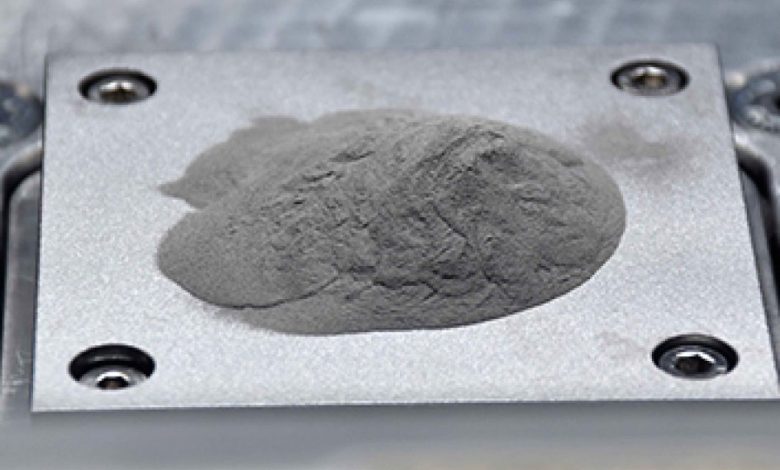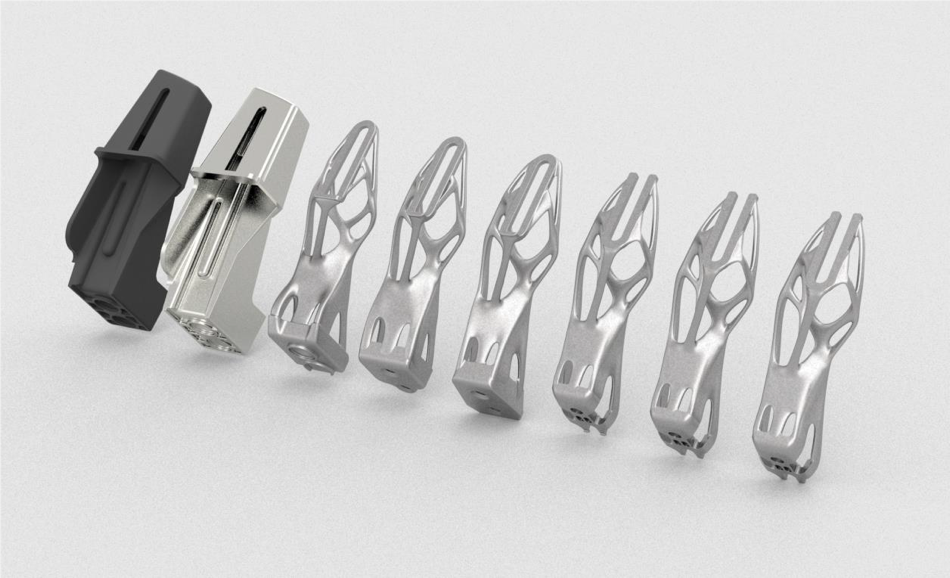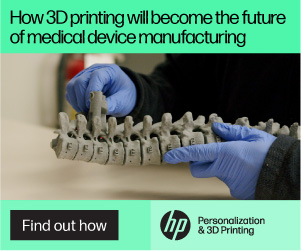In “The Market for Metal Additive Manufacturing Services: 2020-2029” report by SmarTech Analysis, researchers point out the importance of service bureaus adopting additive manufacturing to end-user industries. It also describes how metal AM is establishing itself as a true manufacturing process, one that stands toe-to-toe with traditional production technologies. But there are significant challenges, one of which is the limited variety of materials available with which to print.
Aluminum products company Rusal America announced the addition of a new powders portfolio that includes metal additive manufacturing powders. With its move into the metal AM space, the world’s second largest aluminum supplier is following the trends outlined in the SmarTech report. The Rusal metal AM powders include four Al-Si based casting alloys along with five specialty alloys for use primarily in the aerospace and automotive industries. This is a great example of traditional producers of aluminum products are seeing the light when it comes to additive manufacturing.
Part of the reason Rusal has the ability to design novel aluminum products for the metal additive manufacturing industry is due to its commitment to research and development of aluminum alloys at the Rusal Light Materials and Technology Institute (LMTI), as well as its first rate powder atomization and inert gas powder facilities.
The metal AM powders are designed by material scientists at Rusal to optimize material strength and durability while reducing cost as much as possible. For this work to happen, Rusal decided that the powders have to be 100% pre-alloyed and fully metallic. So, there are no ceramics or nano-inclusions, and the powders are atomized only from ALLOW feedstock, which is Rusal’s best low-carbon footprint aluminum supply. In fact, ALLOW’s carbon footprint is 75% less than the global average for smelter scope 1 and 2 emissions. To ensure transparency and accountability, all of the powders in the portfolio come with a 3rd-party certified carbon certificate.
Some of the highlights of the metal powder portfolio include RS-230, an Al-Cu alloy with hot-crack resistant properties and a high-strength stability at temperatures up to 250 oC. Another metal powder in the portfolio is RS-553. This Al-Mg-Sc alloy is designed for use in the aerospace industry. It has optimized scandium material that performs similarly to Al-Sc additive manufacturing alloys at a reduced cost in comparison.
SmarTech Analysis reports that aluminum alloys represented almost 10% of 3D printed metal content last year, which led to a 43% growth in shipments of aluminum powder. In turn, we’ve seen a number of companies begin qualifying the material for use on their systems, including VELO3D and Optomec.
Metal AM is continuing to evolve to better serve the needs of traditional manufacturing in global industry. For example, 3DPrint.com reported on the new ExOne Production Metal Cost Calculator which provides manufacturers with a per-part estimate for binder jetting a metal component. Manufacturers can use the calculator to rapidly compare the cost of ExOne’s metal AM to traditional manufacturing costs.
For metal AM to displace traditional manufacturing methods in big industries like aerospace and automotive, there are many factors to consider, including part liability, percentage of reused metal AM powder, the age and maintenance of metal AM printers and the critical nature of the build path. Despite these challenges, metal AM is coming for traditional manufacturing over the next decade.
Subscribe to Our Email Newsletter
Stay up-to-date on all the latest news from the 3D printing industry and receive information and offers from third party vendors.
You May Also Like
3D Printing Unpeeled: New Arkema Material for HP, Saddle and Macro MEMS
A new Arkema material for MJF is said to reduce costs per part by up to 25% and have an 85% reusability ratio. HP 3D HR PA 12 S has been...
3D Printing News Briefs, January 20, 2024: FDM, LPBF, Underwater 3D Printer, Racing, & More
We’re starting off with a process certification in today’s 3D Printing News Briefs, and then moving on to research about solute trapping, laser powder bed fusion, and then moving on...
3D Printing Webinar and Event Roundup: December 3, 2023
We’ve got plenty of events and webinars coming up for you this week! Quickparts is having a Manufacturing Roadshow, America Makes is holding a Member Town Hall, Stratafest makes two...
Formnext 2023 Day Three: Slam Dunk
I’m high—high on trade show. I’ve met numerous new faces and reconnected with old friends, creating an absolutely wonderful atmosphere. The excitement is palpable over several emerging developments. The high...

































